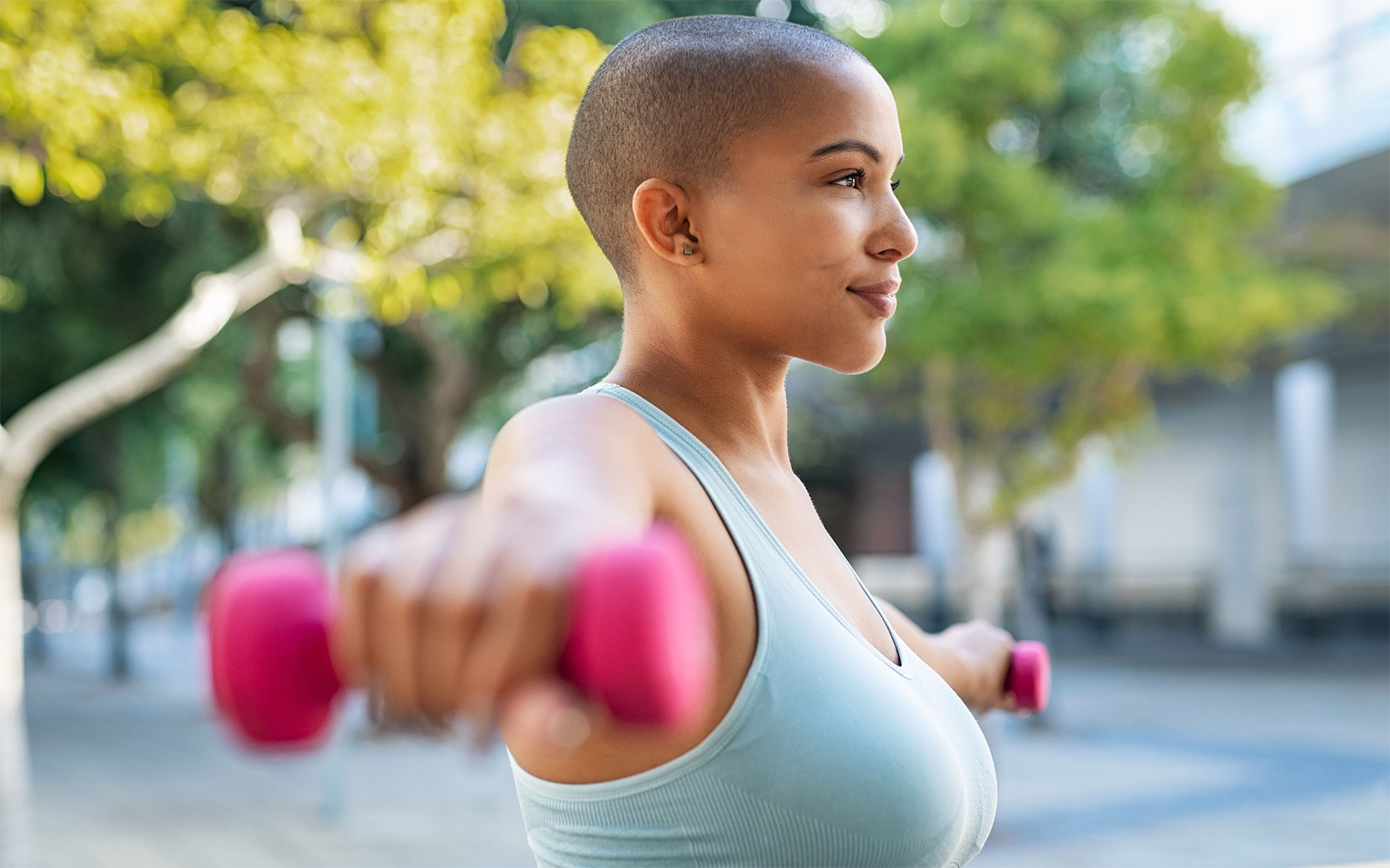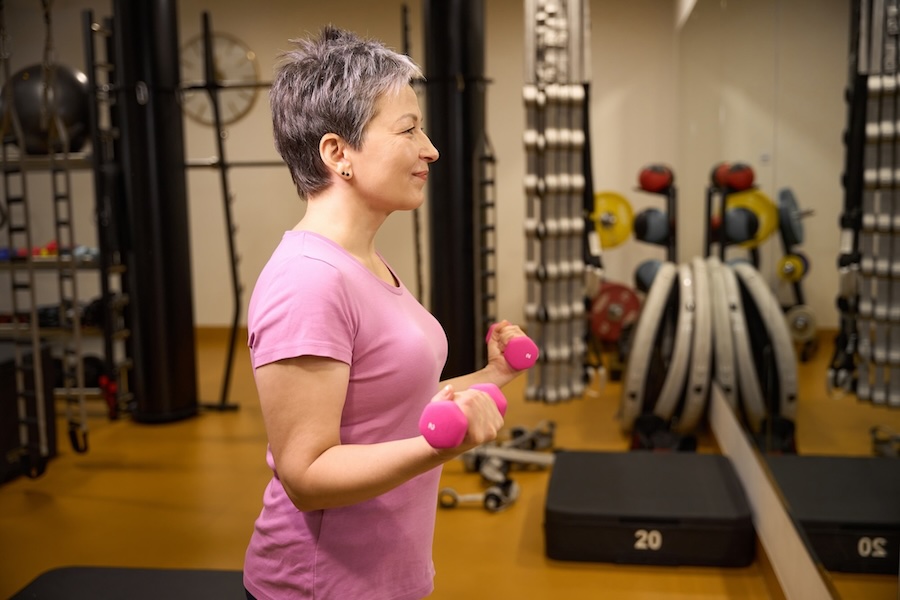Fitness for Survivorship
Rebuilding Strength-How Movement Becomes Medicine
The healing power of motion, and the science behind every step.
Cancer doesn’t just challenge the body — it tests the spirit.
After treatment, many survivors describe a moment of quiet uncertainty: the realization that while the hardest part might be behind them, the path to feeling whole again is just beginning.
Muscles ache. Energy feels unpredictable. Confidence wavers. And yet, deep within that uncertainty lies something powerful, the body’s ability to heal through motion. This is where the Power in Motion Initiative begins.
The Science of Strength
Modern research is redefining recovery. According to the American Cancer Society and National Institutes of Health, consistent exercise after treatment has been shown to:
- Reduce fatigue by up to 50%, the most common and persistent side effect of cancer therapy.
- Improve bone density, offsetting bone loss caused by hormonal treatments.
- Enhance immune function by reducing inflammation and supporting healthy cell repair.
- Boost mood and cognition, increasing serotonin and dopamine while reducing anxiety and depression.
- Lower recurrence risk, survivors who engage in 150 minutes of weekly moderate activity can reduce the risk of cancer returning by as much as 24–40%, according to multiple longitudinal studies.
“Exercise acts as both prevention and prescription,” says Dr. Grant, an oncology exercise physiologist. “For survivors, it’s not about performance, it’s about restoration. Every small act of movement reawakens the body’s healing potential.”
From Recovery to Rediscovery
For many women, recovery starts with something as simple as a stretch.
When Erika, a Power in Motion participant from Miami, began her journey, she could barely lift her arms above her shoulders after surgery. Her Bodyby.AI program began with five-minute mobility routines focused on gentle shoulder and chest stretches.
“I remember crying the first time I raised my arm without pain,” she recalls. “It wasn’t about exercise, it was about freedom.”
Over time, her program evolved, slow walks, light resistance bands, mindful breathing. Tanya, the app’s AI trainer adjusted daily to her progress, offering encouragement when she needed it most. What started as rehabilitation became something far greater: a rediscovery of self.
The Emotional Medicine of Movement
Healing is not linear. Some days bring progress, others bring fatigue or fear. But movement, even in its gentlest form becomes a constant reminder that the body is still capable, resilient, and alive.
In psycho-oncology research, regular physical activity has been shown to:
- Reduce symptoms of depression and anxiety by up to 40%.
- Improve sleep quality, one of the most disrupted aspects of post-treatment life.
- Enhance body image and self-confidence, rebuilding trust between mind and body.
“After cancer, we often feel disconnected from our bodies,” says Dr. Grant. “Exercise helps survivors rebuild that relationship, it’s an emotional healing process as much as a physical one.”
That’s why Power in Motion combines evidence-based training principles with empathy-driven coaching to make every movement an act of self-compassion.
How Bodyby.AI Makes Healing Personal
No two recovery journeys are alike.
That’s why Bodyby.AI, the engine behind Power in Motion, uses advanced AI personalization to craft unique wellness paths for each survivor.
The app considers factors like energy levels, treatment history, mobility limitations, and user feedback to design workouts that are:
- Safe: Focused on joint mobility, circulation, and flexibility before intensity.
- Adaptive: Automatically adjusting based on fatigue, soreness, or progress.
- Empowering: Celebrating each milestone, whether it’s a full workout or a 10-minute stretch.
Survivors can also pair their workouts with guided breathing sessions and recovery days, allowing the body to heal in sync with its natural rhythm.
It’s a digital coach that listens, and reminds survivors that progress isn’t measured in perfection, but in persistence.
A Movement of Hope
Power in Motion isn’t just an initiative, it’s a movement built on empathy, innovation, and impact.
For every Bodyby.AI annual membership purchased, a breast cancer survivor receives a free year of personalized fitness and nutrition support to help her rebuild strength, energy, and confidence.
Through the Power in Motion Hub, survivors can share stories, connect with experts, and inspire others walking the same path.
Each story, each stretch, each step forward becomes part of something larger, a living network of women proving that recovery is not the end of the story; it’s the beginning of a stronger one.








